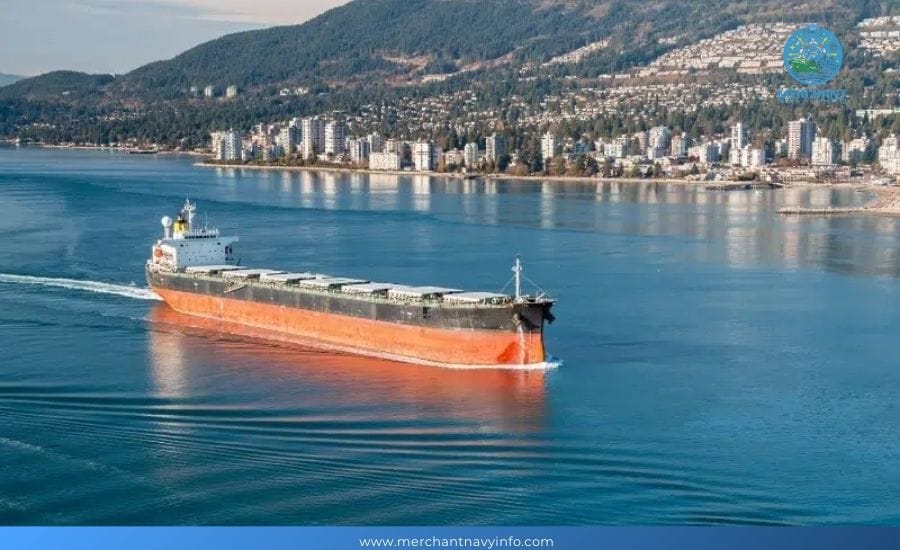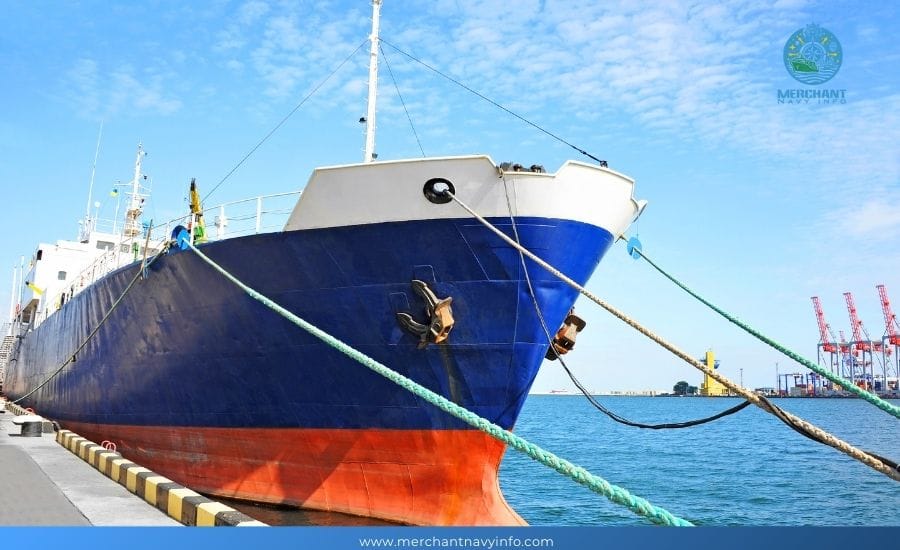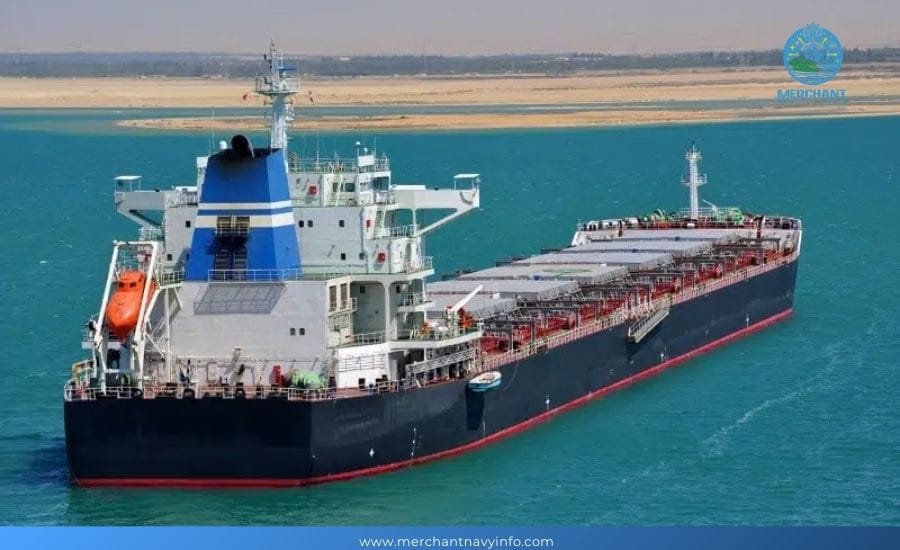
Bulk carriers are ships that carry bulk or bulk raw cargo, such as grain, ore, coal, cement, etc., in their cargo holds. These commodities are used to manufacture basic products used in our daily lives.
Major bulk cargoes include iron ore for steelmaking, coal to meet energy needs in most parts of the world, and grain. Other bulk cargoes include fertilizers, sugar, timber, rice, etc. In addition to dry goods, general cargo ships transport liquid cargo such as oil, fuel, gasoline, and chemicals.
Bulk Carriers Ships
Bulk carriers account for 21% of the world’s merchant fleet, most owned by Greece, China, and Japan. South Korea is the largest builder of bulk carriers, with 82% of its ships built in Asia.
Since their inception in the mid-19th century, bulk carriers have facilitated the transportation of raw materials worldwide, helping to develop industrial and manufacturing centers.
It is also economically and environmentally viable compared to road or rail. Bulk carriers emit 6.5 g CO2/t NTU, while rail transport emits 61 g CO2/t NTU.

Dry bulk carriers usually sail on a backward trade, completing one contract or charter and then looking for another. So, over a year, you might be loading and unloading various cargoes between different locations.
Bulk Carrier Structure
Bulk carriers can be identified by the long flat roof in front of the accommodation block. At this location, hatches lead to the cargo held below the deck. The hatches have covers to prevent water from entering the holds which could damage the cargo and destabilize the ship.
Small bulk carriers equipped with cargo cranes are called geared bulk carriers. Those without cargo cranes are called gearless bulk carriers. The type used depends on the cargo being transported and the ports that need to be visited to load and unload the cargo.
IMO Approval and Ship Requirements
While general cargo ships have been in use since the 1850s, their correct definition and interpretation can be found in the 1999 International Convention for the Safety of Life at Sea. Over the years, various other interpretations have been added to the official definition and are now more effectively used.

\Bulk carriers have a maximum deadweight of about 400,000 tonnes. Ships are classified into six categories based on their cargo-carrying capacity and the waterways they can navigate. The different categories of bulk carriers can be listed in descending order of cargo carrying capacity as follows:
- Very Large Carriers
- Capesize and Handysize
- Panamax
- Handysized
- Small sized
Besides these major classifications, other classifications apply to specific navigation channels. However, these ship classifications are not part of the international shipping landscape but are limited to shipyards in specific geographies.
It is recommended that bulk carriers be built in accordance with the Common Structural Rules (CSR) to improve their safety and stability. Ships built in accordance with CSR specifications are marked with the CSR symbol, which helps to increase their credibility in the global domain.

Similarly, ships are also required to carry out an Enhanced Survey Program (ESP) as part of the SOLAS convention rules. The ESP mainly involves monitoring and inspecting structures.
Conclusion
Bulk carriers are an integral part of the shipping industry, carrying raw materials required for manufacturing. With the advancement of marine engineering and technology, these ships have become safer and more environmentally friendly.









